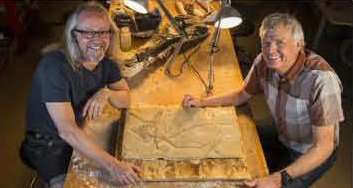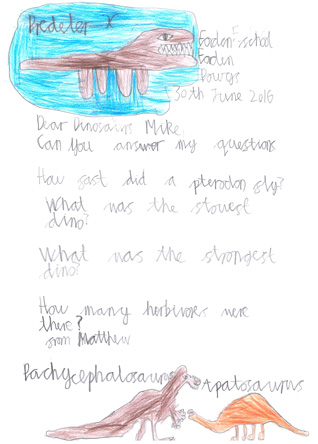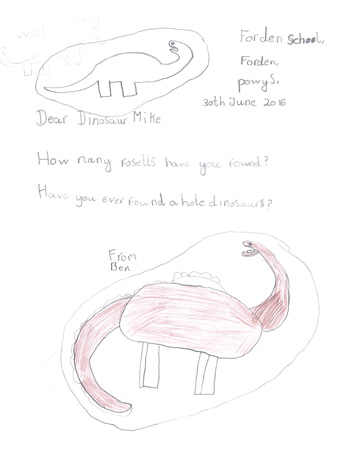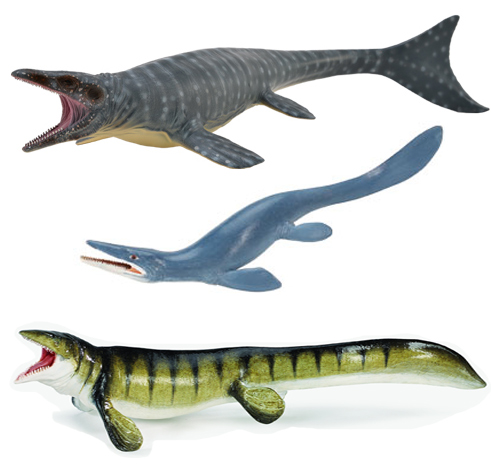Rare Pterosaur Fossil to Return Home to Lebanon
Pterosaur Fossil Set to Fly Home
A new species of pterosaur is due to be named shortly, one based on an almost complete pterosaur fossil specimen that was discovered in a limestone quarry in Lebanon. Pterosaur remains from this part of the world are exceptionally rare. This would constitute only the second pterosaur to be named from a Lebanese fossil discovery. The first pterosaur from this part of the Middle East (Microtuban altivolans) was described in 2011. Like this new species, Microtuban was most likely an inhabitant of the isolated islands that were dotted around a vast, but ultimately shrinking Tethys Ocean that covered this part of the world for much of the Cretaceous.
Pterosaur Specimen Set to Fly Home
University of Alberta Scientists Helped to Prepare the Lebanese Specimen for Further Study
Picture credit: University of Alberta
Pterosaur Fossil
The pterosaur fossil was discovered in a privately owned limestone quarry more than ten years ago. The limestone is well-known for its fish fossils, but other vertebrate fossils are exceptionally rare. The palaeoenvironment of the Middle East during the Late Cretaceous was similar to the marine environment found off the coast of Queensland, Australia, where the Great Barrier Reef can be found. Today, the Mediterranean Sea is the only remnant of the once great Tethys Ocean that remains.
University of Alberta palaeontologist Michael Caldwell teamed up with colleague Phil Currie to organise the preparation and cleaning of the fossil, after it was sent to the museum by the quarry owner. A great deal of care was needed to help expose the delicate, hollow bones from the surrounding limestone matrix. The fossil was extremely fragile and broken into several pieces when it was discovered as a limestone block was cut.
The pterosaur even received a fracture to its skull from the pickaxe of a quarry worker as the rock was split. The University of Alberta prep team under the supervision of Professor Caldwell were able to stabilise the fossil and skilfully reveal the 95-million-year-old flying reptile in all its exquisite detail.
A Lebanese Pterosaur Fossil
Commenting on the importance of this Lebanese pterosaur, Professor Caldwell stated:
“This is the first complete pterosaur from Lebanon and the very first pterosaur from this age of marine-deposited rocks.”
The as yet, unnamed pterosaur lived during the Cenomanian faunal stage of the Late Cretaceous. The rocks laid down form a sequence of sedimentary strata that mark the oldest rocks classified as Upper Cretaceous deposits. At the time sea levels were changing and the Tethys was vast, stretching from Europe all the way to south-eastern Asia.
Professor Caldwell said:
“That chunk of ocean was huge, think ten or twenty times the size of the Great Barrier Reef and chock-full of living things. I’m sure our little pterosaur was living on one of the reef islands.”
The Specimen as it Arrived at the University of Lebanon for Preparation
Picture credit: University of Alberta
For models and replicas of pterosaurs and other prehistoric animals: CollectA Prehistoric Life Figures.
Donated to the Mineralogy Museum at Saint Joseph’s University in Beirut
The specimen was subsequently sold but the buyer has donated it to the Mineralogy Museum at Saint Joseph’s University (Beirut). The fossil pterosaur will, in effect, be returning home to Lebanon. Commenting on the preparation work undertaken at the University, Professor Caldwell stated:
“It is in immaculate condition as a result of a lot of delicate preparation work. We can really see how this animal was built. It’s a nice little piece of science and a great story about rescuing this specimen from certain doom.”
The University of Alberta palaeontologists teamed up with pterosaur specialist Alexander Kellner (National Museum of Brazil) and Italian Fabio Dalla Vecchia, a paper describing the pterosaur is due to be published soon. It may have taken the best part of ten years to prepare the specimen but at least it is returning to its country of origin where it will form the centrepiece of the vertebrate fossil collection of the Mineralogy Museum.
Everything Dinosaur acknowledges the help of the University of Alberta in the compilation of this article.
Visit Everything Dinosaur’s website: Visit Everything Dinosaur.






